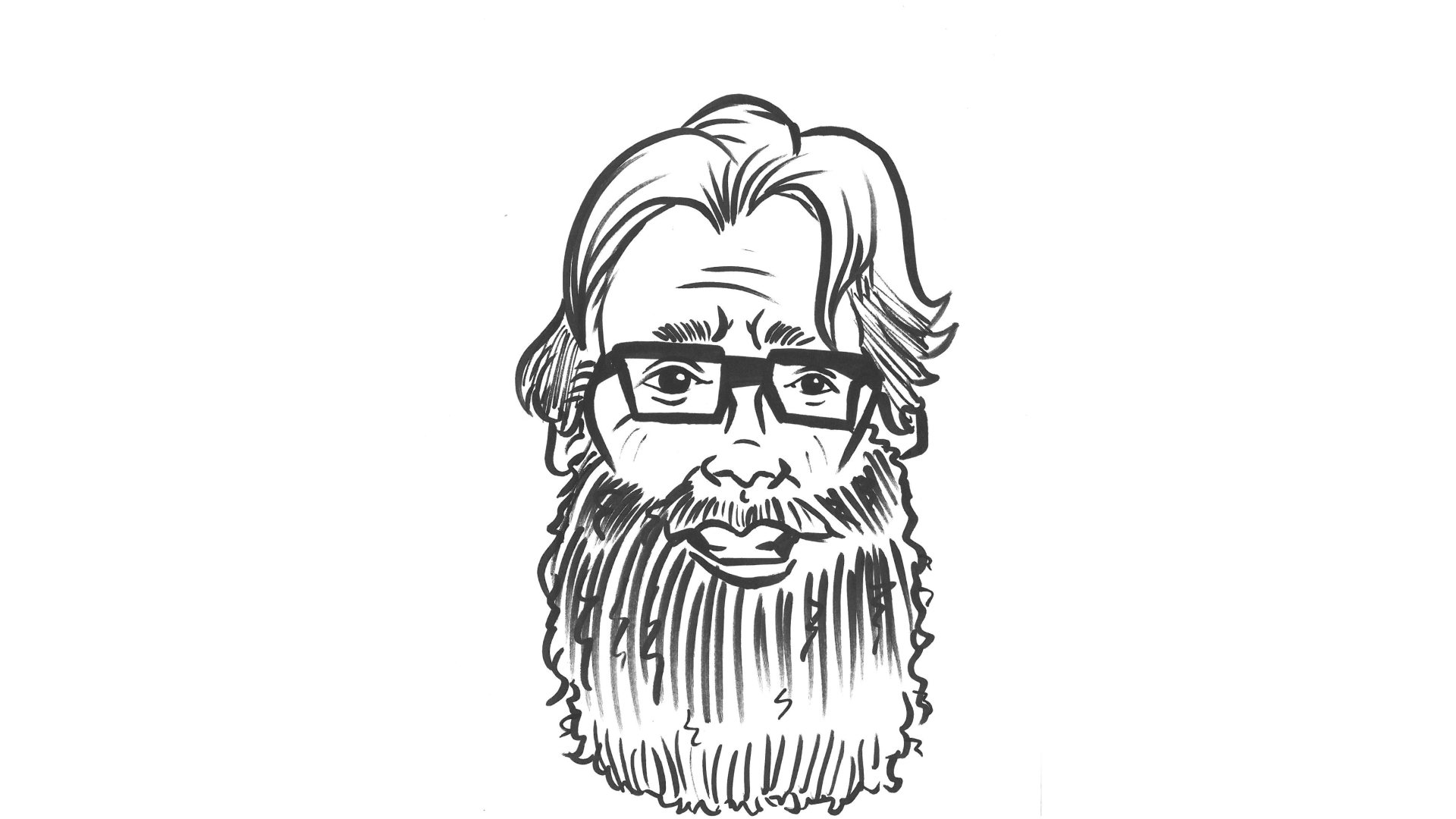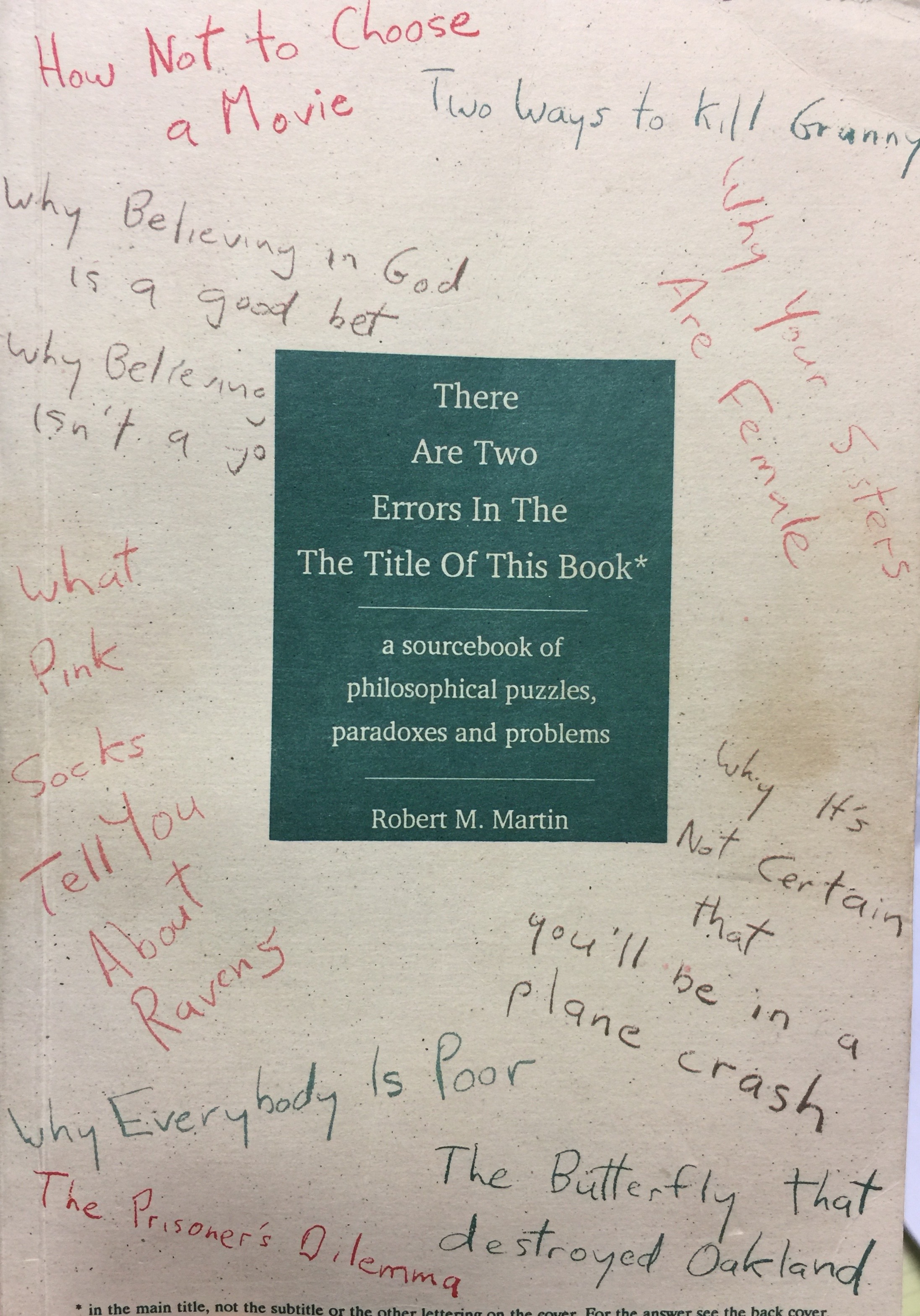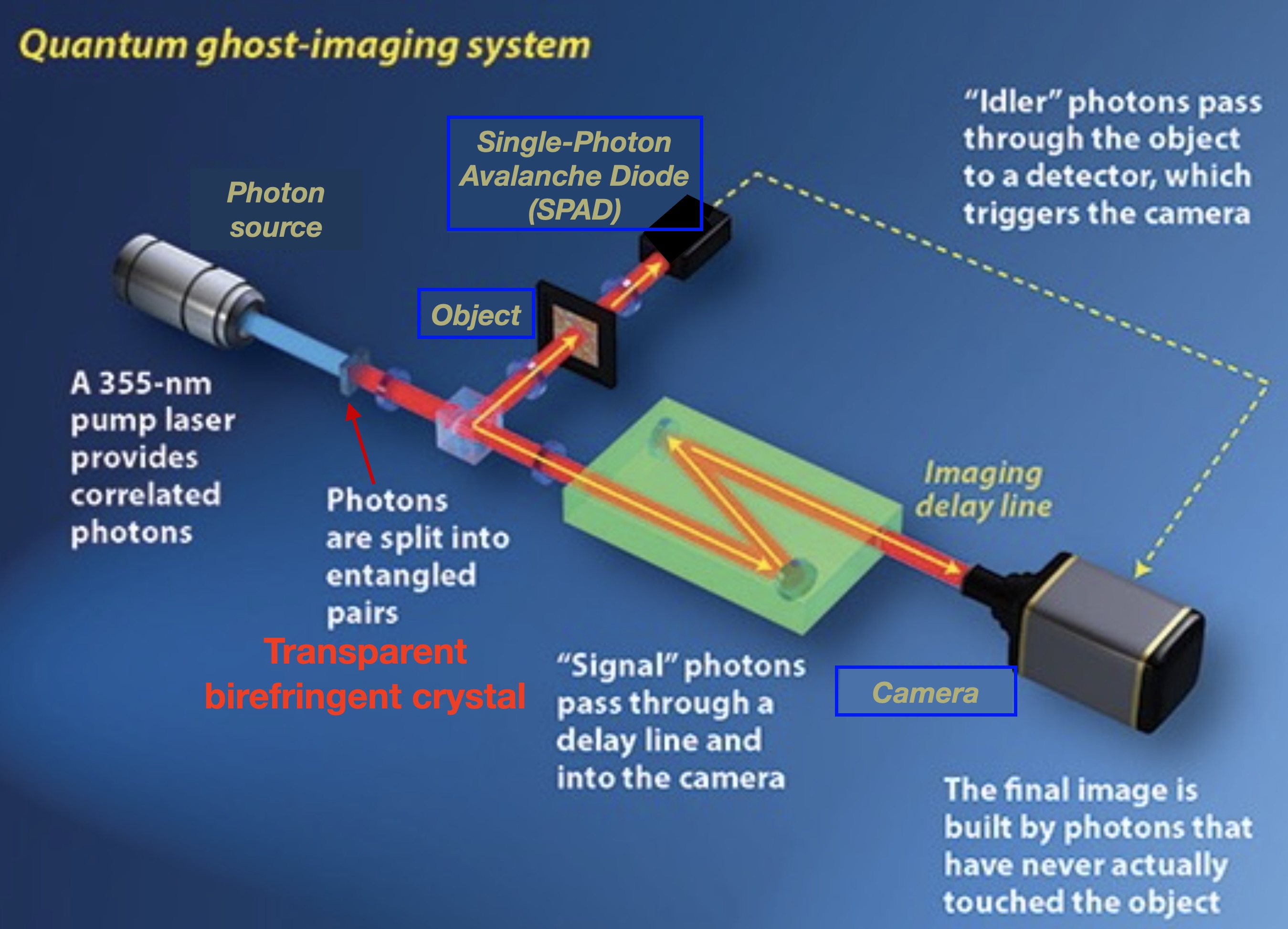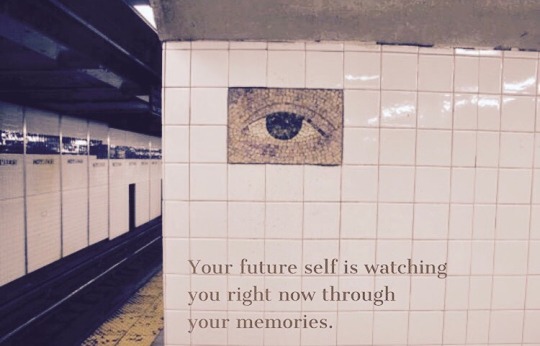Physics IIIand Thermodynamics |
PHYS 207 |
|
|
 Gabe Spalding |
Physics IIIand Thermodynamics |
PHYS 207 |
|
|
 Gabe Spalding |
Find Four Cool, Cutting-Edge Projects Per Week:
At this level, you are encouraged to regularly peruse the resources linked above, to gain exposure to cutting-edge projects that might catch your fancy, so that we might enter into conversation about ways of extending our work together and, for those where you explore the cited professional articles, to become familiar with the style of presentation found in professional work. The expectation that you will identify four cool projects per week is a required part of this course.
We are expecting you to make a "transition" from our comparatively structured first-year instructional labs (which did always contain clear opportunities for initiative and insight) into more significantly open-ended opportunities calling upon you to develop habits of writing, primarily in a lab notebook, that better position you to follow through in areas that spark your interests. The goal here is momentum transfer: to give students the sorts of experiences that will propel them to take ownership of their work, and to begin to see themselves as active participants in a shared conversation, willing to revisit issues through multiple iterations, and interested in pursuing every form of analysis possible for each project. Please accept this as our challenge to you!
Lest you feel intimidated at the thought of moving beyond the structured procedurals provided in earlier coursework, please note that you will not be graded on the basis of "accomplishment" in the sense that you might be accustomed to; that is, you need not get a value for, say, Planck's constant that is within 1% of the accepted value. Instead, you are graded on the basis of whether or not your lab notebook contains regular, substantive entries with clear evidence of thought and thorough analysis. In this way, it is possible for you to perform very well even in an experimental effort that is not, itself, fully successful.
Your lab notebooks are graded periodically and should be ready for inspection on Saturday mornings, by 10:30 am. If you forget to update/sync your notebook by that time, there would be a strong penalty associated with that.
In many of these experiments, you are dealing with extremely small "signals" which would not be directly measurable; therefore, clever techniques are needed in order to amplify the effects of "small perturbations." Here, we take the opportunity to discuss the concept of amplification (and amplifier design principles) quite generally. We will also begin our semester-long discussion of a number of generic issues that arise in measurement, emphasizing ways in which careful consideration of technique and uncertainty will enhance your experience.
We first ask,"How small a signal can you measure?" Next, we ask, "How fast?" Eventually, we ask questions such as, "How precisely can you POSITION something?" In each instance, after asking the question about what LIMITS your work, we ask you to demonstrate, in the lab, the degree to which you can approach those limits. It's pretty cool, really, to so quickly "level up" your capabilities!
Hopefully, you will emerge excited about some of the ideas and techniques encountered in the course. The physics faculty are always interested in supporting interdisciplinary student research. We're always interested in talking to you! — As you continue, more and more, to "take over" our labs, keep in mind that Illinois Wesleyan has a student research conference on Saturday, April 13. There's no need to wait: already this term, the Illinois Section of the American Association of Physics Teachers will have a meeting where you could present. Would you like to develop a project to the point where you'd have something to present at such conferences? This sort of activity has enormous potential to impact your development (as well as your resume, which we will help to flesh out in order, so that you might secure a choice summer internship).
|
Week |
Reading Schedule |
Grappling with Measurements |
Pen & Paper Exercises | Computer Exercises | Added Writing Prompts | ||||||||
| 1 |
|
In your lab notebook, create a Section, add some pages, and then respond to these writing prompts: Write IDEAS (even bad ideas) about how you might make something go at least half the speed of light Ponder the physical basis of amplification, writing down ideas (even incomplete ones) about how you might DETECT a ridiculously tiny signal (like just one electron at a time) |
(Turn in homework at the start of class) HW #1 due Sept. 4, T&R Ch 2: #8, 11, 14 (HW always come from "Problems," not "Questions," unless proceeded by a Q) |
Get help with LabVIEW installations (if you want it on your own computer) Start directly with Ch 14 Document your progress in your OneNote notebook By next week, you are expected to have (8) articles of interest in your named folder in our shared Zotero group |
due Sept. 7: Your Lab Notebook should include annotations of key readings, should record your ideas and notes in response to each week's writing prompts, and provide a "heads up" on specific projects of high interest found in your explorations [Micro-Electro-Mechanical Systems (MEMS) are now displacing the use of quartz crystal resonators in many applications, for reasons described in this advanced technical note.] |
||||||||
|
2 |
|
In your lab notebook, (due Sept. 7) respond to these writing prompts: Monday: riff on your brainstorms from last week, in writing On Wednesday, write, in general terms, why you want "systems near an instability" On Thursday, write about your actual measurements of single quanta This weekend, read T&R Sect. 2.8, and write to your agent, about a cool cutting-edge project or two |
Pen&Paper HW #1 due Wed: #8, 11, 14 Pen&Paper HW #2 due Sept. 6: Ch 2 #18, 21 Pen&Paper HW #3 (Extra Credit) due Sept. 13: a) Review this video on space-time diagrams. b) Re-draw the space-time diagrams from our paper. Explain them in writing. |
Reconnect with your lab assistant, Igor: Igor Pro Tutorial due Sept. 5: Document your progress with LabVIEW programming By next week, you are expected to have (12) articles of interest in your named folder in our shared Zotero group |
In your lab notebook, respond to this writing prompt (by Wednesday of next week): |
||||||||
|
3 |
|
Writing Prompts: Figure out how to determine the speed of something traveling more than half the speed of light (Hint: what did they do in the movie, for muons?) During 10-minute "background" measurements: sketch, and describe the details (e.g., what was the magnitude of any offsets you removed, and the time and voltage scales of the measured variations) of whatever you measure among 12 mystery signals offered. (Triggering is key!) |
Pen&Paper HW #3 (Extra Credit) due Sept. 1st 3: a) Review this video on space-time diagrams. b) Re-draw the space-time diagrams from our paper. Explain them in writing. Pen&Paper HW #4 due Sept 16: Ch 2 #32 |
due Sept. 12: Document your progress with LabVIEW programming By next week, you are expected to have (16) articles of interest in your named folder in our shared Zotero group |
In your lab notebook, respond to these writing prompts: Begin your exploration of low-voltage Avalanche Detectors Which High-Energy Physics project seems coolest? Breaking News: Optical Clock research wins the 2022 $3M Breakthrough Prize in Physics Here's more introducing the Physics of Optical Clocks |
||||||||
|
4 |
|
Photon Exercise #1: Lighting an LED ("forward bias") Photon Exercise #2: Detecting Photons ("reverse bias") Piazza Note @47: sequenced readings on the semiconductor physics underlying many devices. Once you've completed these readings, in your lab notebook, respond to this writing prompt: What questions do the readings raise, for you? |
Pen&Paper HW #4 due Sept 16: Ch 2 #32 After reviewing my slides, try Pen&Paper HW #5 due Sept 18: Ch 2 #55, 57 Pen&Paper HW #6 due Sept 20: Ch 2 #66, 73 Read the posted homework solutions. Analyze your lab results, to calculate the speed of your beta particles! |
LabVIEW-based data capture: open LabVIEW, and click on the TOOL menu. Select Instrumentation >> Find Drivers (e.g., for a Rigol scope: under Manufacturer, type Rigol, and SEARCH. Select package starting with rgds1k, and INSTALL). Instrument-specific drivers are used by: Oscilloscope_Reading.vi (After capturing data, push button on lower right of scope, to return to manual mode) due Sept. 19: Document your progress with LabVIEW programming By next week, you are expected to have (20) articles of interest in your named folder in our shared Zotero group |
In your lab notebook, respond to these writing prompts: This week, using a different kind of avalanche-mode detector, you will measure single photons. Here's curricular context for this multi-week set of lab exercises that step further into your exploration of low-voltage Avalanche Detectors. Consider the flow of information through a Measurement Chain, starting with a transducer, and generalizing the notion of how to design an amplifier, & how amplification can yield irreversibility |
||||||||
|
5 |
|
Writing Prompts: You are in position to measure a BILLION data points per second, via LabVIEW. Can you? Capacitance in a measurement chain can kill off the high-frequency signal components that make up a short pulse, via (frequency dependent) loading. Why should you use a 10× scope probe? The avalanche portion of the detector response is FAST! Is it possible to measure? |
Pen&Paper HW #7 due Sept 27: Ch 3 #46, 50 Writing prompt: 
Philosophy Student become a Philosopher? |
Explore LabVIEW Instrument I/O, to configure the data capture, finalizing your Oscilloscope Driver's License. For rapid data capture, only voltage levels are captured, not the associated time stamp, but Igor can calculate a time for each point: use the DATA menu to CHANGE WAVE SCALING. Then, simply plot a wave vs "calculated." — This is the default option in Igor: digital signal processing assumes evenly spaced data points. Catch up on LabVIEW: On Monday, you will Report what page number you've worked up to in LabVIEW! By next week, you are expected to have (24) articles of interest in your named folder in our shared Zotero group |
In your lab notebook, respond to these writing prompts: This week's lab highlights the fact that digital signal processing, as a default, assumes evenly spaced data points. When you are taking a billion data points per second, how accurate must the relevant system clock be? Piazza Note @47 introduces the physics of p-n junctions, and of transistors, is key to what's going on inside an "op-amp" Here's a brief summary, before considering the challenges associated with avalanche detectors See Daniele Faccio & Andreas Velten's Reports on Progress in Physics article: "A trillion frames per second: the techniques and applications of light-in-flight photography," Since publication, frame rates have increased more than an additional order of magnitude: Welcome to the new age As "Lords of Time & Space," you can do L.O.T.S! — G.C.S. |
||||||||
|
6 |
|
Photon Exercise #3: Signal Conditioning ("digitization") This begins your use of a Teensy microcontroller. Be careful about what you connect to the horizontal rows on your breadboard. Here's a brief SPAD summary, before considering the challenges associated with avalanche detectors As detailed in Piazza Note @63, our next single-photon labs REQUIRE key readings |
Our class is currently focused on readings for LAB! Pen&Paper HW #8 due Oct 7: Ch 4 #2 (Needs only T&R Ch. 2) |
Please make time to work through sections of the Essick workbook: catch up on LabVIEW due Oct. 3: Document your progress with LabVIEW programming By next week, you are expected to have (28) articles of interest in your named folder in our shared Zotero group: pick one, and I'll help you get an internship application out the door today! |
In your lab notebook, respond to these writing prompts: Describe your explorations of this simulation: |
||||||||
|
7 |
|
The countability of individual quanta is considered a "particle-like" property Assuming you've completed the key readings detailed in Piazza Note @63, you then have permission to try: Photon Exercise #4: Counting statistics(!!) and Photon Exercise #5: Time Distribution of Counts Also critical is figuring out, and discussing, why this is critical! (That's a writing prompt!) |
Pen&Paper HW #8 due Oct 7: Ch 4 #2 (Needs only T&R Ch. 2) Pen&Paper HW #9 due Oct 11: Ch 4 #5, 7 Pen&Paper HW #10 due Oct 16: Ch 5 Q17 |
Prepare to load a program onto the Teensy microcontroller. Then, upload this Teensy Code: SPADCounter02.ino (Default setting is for use with Teensy 3.2. For Teensy 4.0, the input from comparator must be set to Pin 9. INTEGRATION TIME is in milli-seconds for Teensy 3.2, and micro-seconds for Teensy 4.0) Find a simple Data Acquisition (DAQ) device Begin the related LabVIEW chapters: Go to Essick Chapter 5 ("Introduction to Data Acquisition Devices using MAX"): Work your way through the end of Sect. 5.5 (at least) By next week, you are expected to have (32) articles of interest in your named folder in our shared Zotero group: pick one, and I'll help you get an internship application out the door today! |
In your lab notebook,
Testable claim: while engineering devices can always do worse,
How do you know something that is too small to see directly is a particle? • If it is countable — even if we can't actually count them, based on an indirect argument like Dalton's Law of Multiple Proportions (yet, long after Dalton, many continued to reject the notion of atoms as "un-scientific" immeasurable hypotheticals!) • If "Particle theory" explains behavior — e.g., ideal gas behavior is based on the kinematics of particles (yet Boltzmann was tormented by opposition to his theory) • If we can measure fundamental masses (e.g., via Einstein's suggested studies of Brownian motion), and their charges • If we can actually count them — e.g., via observations of trajectories in a cloud chamber, or by (very carefully analyzing the statistics of) an avalanche detector (yet until careful experiments were performed, loopholes remained: it might shock you to know that the origins of Quantum Optics are often traced back to the work of people such as George Sudarshan, who used to hang out here, and others who are still alive today, such as Alain Aspect and Anton Zeilinger, who were awarded the 2022 Nobel Prize in Physics. It is this modern physics which has brought you to the brink of a next revolution, sometimes called Quantum 2.0) |
||||||||
|
8 |
|
Before this week's lab, you should have completed your ANALYSIS of both Photon Exercise #4 and Photon Exercise #5 In Intro Physics, you explained interference as basic WAVE behavior. Celebrating Bohr's birthday, your lab is: Spectra & the Origin of Quantum Physics Review Single-Slit Diffraction and Multi-Slit Interference With an eye towards increased precision in your measurements, review the Vernier scales encountered in earlier coursework |
Pen&Paper HW #10 due Oct 16: Ch 5 Q17 Pen&Paper HW #11 due Oct 18: Ch 5 #32, 48 Pen&Paper HW #12 due Oct 23: Ch 5 Q16 |
Continue Essick Chapter 5 (This material WILL be on the next exam!) due Oct. 17: LabVIEW programming HW#5 (Upon request, extensions may be granted until Oct. 25, but no later ...please start it now!!) LabVIEW WILL be on the next exam! By next week, you are expected to have (36) articles of interest in your named folder in our shared Zotero group: pick one, and I'll help you get an internship application out the door today! |
Respond to these writing prompts: What's the difference between Optics, ...and Photonics? [Recognizing an area of enormous opportunity, the IWU Physics Department now offers a Concentration in Optics & Photonics] Which project seems coolest? The Origins of Quantum Mechanics |
||||||||
|
9 |
|
Round Robin: Photo-Electric Effect-themed labs |
Pen&Paper HW #12 due Oct 23: Ch 5 Q16 Pen&Paper HW #13 due Oct 25: Ch 6 #1, 6, 8 |
When importing data containing descriptive headers, see Section 8 of my tutorial on Igor Pro Catch up on LabVIEW: Turn in LabVIEW HW! Draft a new resume, highlighting gains you've made in terms of technical competencies By next week, you are expected to have (40) articles of interest in your named folder in our shared Zotero group: pick one, and I'll help you get an internship application out the door today! |
Reading published Physics articles can be a slow process, but you need more practice, not only for an introduction to the material covered, but also for developing habits of writing your way towards understanding, and for internalizing the conventions of writing in the discipline! Due Monday: Collaboratively annotate the first of our experiments involving: Two slits interacting with only one "particle" at a time This article includes extension of such tests to include "Ghost Imaging," which makes use of entangled photon pairs (which cannot really be described as individual particles), such that the photons incident upon the detecting camera have never interacted with the object imaged….  This "spooky" result is achieved by exploiting correlations that are required by conservation of energy & momentum. Observed phenomena of these sorts demand revision of your mental model of what a "particle" is! (Also see the Supplemental Info.) |
||||||||
|
10 |
|
Round Robin: Photo-Electric Effect-themed labs |
Pen&Paper HW #14 due Oct 28: Ch 6 #15, 17, 18 Pen&Paper HW #15 due Oct 30: Ch 6 #26, 28, 29 Prep for test |
due Oct 31: LabVIEW programming HW#5 When importing data containing descriptive headers, see Section 8 of my tutorial on Igor Pro By next week, you are expected to have (44) articles of interest in your named folder in our shared Zotero group Your draft resume should now contain updates based upon technical competencies gained from this class and others. Looking ahead, what kinds of stories do you want your undergraduate resume to include? |
Respond to these writing prompts: One of our IWU Physics alumni recently gave a talk on: "The Physics of Computers from the Future" From vacuum tubes to the transistor, physics has always defined the fundamentals of computing. We must collectively work to understanding the paths we must invest in for physics to play a role in the next revolution in computing, ushering in a future characterized by a radical leap in the ability of computers to augment humans. On some level, I believe that you want to change the world, and if you really do want to act on that impulse somehow, then I think you will want to try to understand the ways in which the world works, deeply. Deep understanding is very powerful, and yet there is an allure towards it that is separate from any concern over its application, and that allure is, quite simply, beauty. — G.C.S. Is the one-way flow you associate with Time an "emergent" phenomenon? |
||||||||
|
11 |
|
Pre-Lab Writing Prompt: Review the Method of Successive Approximations Data Acquisition, using DAQ Assistant (and beyond) (Essick Ch 6 & 13) |
Pen&Paper HW #16 due Nov 6: Ch 7 #1 Pen&Paper HW #17 (Extra Credit) due Nov 8: Ch 7 #3 Pen&Paper HW #18 due Nov 11: Ch 9 #1 |
Due Nov. 7: The very last LabVIEW programming assignment of the term: HW#6 (Extra Credit) Over the weekend, make sure that your resume is uploaded to Handshake, and that another version, scrubbed of your GPA and contact information, is posted to your LinkedIn profile. By next week, you are expected to have (48) articles of interest in your named folder in our shared Zotero group: pick one, and I'll help you get an internship application out the door today! |
Writing Prompt: Is the one-way flow you associate with Time an "emergent" phenomenon? Here’s my take: dissipation of energy is always at the heart of the matter. As energy spreads out among many reservoir degrees of freedom, the chances of it taking a time-reversed path become more and more negligible. Considering the available "trajectories" for energy dispersal, it is as if I were in a maze of enormous complexity: over short times I might be able to retrace a few steps, but little chance of that persists over longer times, and so time-reversed paths become an inaccessibly small fraction. Extra Credit Option A: Dynamics for 1D potentials (Mathematica) Extra Credit Option B: "Shooting" Method for 1D potentials (Mathematica) |
||||||||
|
12 |
|
Writing Prompt: The consequences of indistinguishability lead directly to the Pauli Exclusion Principle, Fermi-Dirac statistics, Bose Einstein statistics, and the many-body physics underlying both Thermodynamics and Materials Physics Blackbody Radiation (as treated on T&R pp. 320-322) using LabVIEW with DAQ Assistant for Data Acquisition By the start of next week, you are expected to have (52) articles of interest in your named folder in our shared Zotero group. By the end of next week, you need to have drafted (5) emails regarding specific projects of interest to you. |
Pen&Paper HW #18 due Nov 11: Ch 9 #1 Pen&Paper HW #19 due Nov 13: Ch 9 #4 Pen&Paper HW #20 due Nov 15: Ch 9 #21, Q12 "The dog which did not bark" |
Catch up on LabVIEW: Turn in LabVIEW HW! An earlier writing prompt directed you towards Daniele Faccio & Andreas Velten's article: "A trillion frames per second: the techniques and applications of light-in-flight photography," Since publication, frame rates have increased more than an additional order of magnitude: This is the dawn of a new age |
Where does the Pauli Exclusion Principle come from? Additional Projects available to you: on the theme of "Thing"-ness If you've thought about how IRREVERSIBILITY arises in the Measurement of Quanta, I'd love to help you to work on projects relating to "The Arrow of Time in Quantum Measurement" |
||||||||
|
13 |
|
Dive deep into your Article of Interest Log Identify your current "Top 5" cutting-edge projects, and draft emails to those behind the work, including, as attachment, a revised resume (A required, graded exercise) Wrap up Blackbody Radiation (as treated on T&R pp. 320-322) |
Pen&Paper HW #21 due Nov 29: Ch 12 #15 Pen&Paper HW #22 (Extra Credit) due Dec 2: Ch 12 #16 |
Catch up on LabVIEW: Turn in all LabVIEW HW sets By Friday, you are expected to have drafted (5) emails regarding specific projects of interest to you. By next week, you are expected to have (56) articles of interest in your named folder in our shared Zotero group: pick one, and I'll help you get an internship application out the door today! |
Fusion is fundamental to our universe and, if harnessed, holds the potential to change the future of our species. By the end of this week, try this Fusion Game, where you aim to work your way up to Fe-56: Use your arrow keys to move the tiles. When you move together two tiles that can be fused, then they will fuse! (Here are a couple of handy reference tables.) Nuclear synthesis gives us the elements: ...but the physics of MATERIALS is very different from the physics of individual atoms or molecules. Many-body physics is characterized by emergent qualities. (The topic of EMERGENCE will loom centrally in our discussions!) |
||||||||
|
14 |
|
Using LabVIEW with DAQ Assistant for Data Acquisition |
Pen&Paper HW #21 due Nov 29: Ch 12 #15 Summer Internship Applications Review writing prompts from this term |
Catch up on LabVIEW: Turn in all LabVIEW HW sets By next week, you are expected to have (60) articles of interest in your named folder in our shared Zotero group: pick one, and I'll help you get an internship application out the door today! |
It seems there are FUNDAMENTAL principles to discover at EVERY length scale! (including, of course, the human length scale) |
||||||||
|
15 |
|
 |
Pen&Paper HW #22 (Extra Credit) due Dec 2: Ch 12 #16 Review writing prompts from this term |
Read Chap. 15-16: GR & Cosmology |
Paul Umbanhowar's and Harry Swinney's oscillons in vibrated granular media, where oscillon-oscillon interactions arise from the exchange of particles:  ...and, thus introduced to the seething froth to which we ultimately return, ...a proton describes its final moments in the Large Hadron Collider: Even More Projects available to you: Spectral Distributions |
||||||||
|
16 |
Final Exam: Wed., Dec. 11 3:30-5:30PM (Save the Date!) |
Tour of Current
Research Opportunities Zen, indeed. |
| ** Class Discussion Page on Piazza ** |
Highlighting Energy 
|
| Syllabus | Empowering STEM-based solutions to Environmental issues |
| Course Description | How this course fits into your plan for world domination |